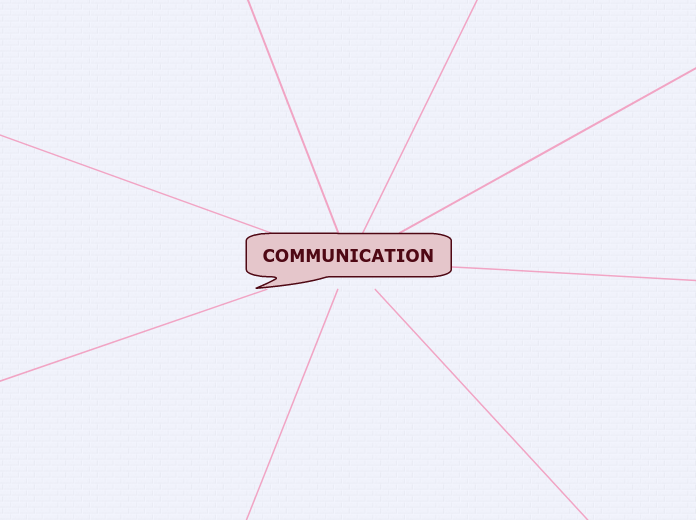af Florencia Duval 6 år siden
183
PRACTICA
Effective communication involves three main groups: speakers, in-between people, and listeners. Speakers often struggle with clarity, while listeners may misinterpret or assume messages.

af Florencia Duval 6 år siden
183

Mere som dette